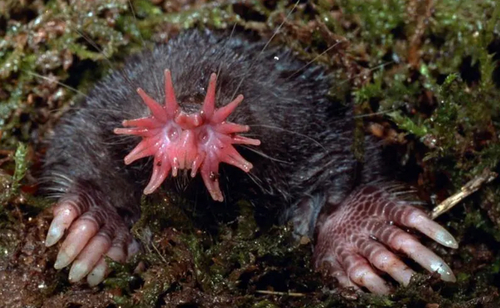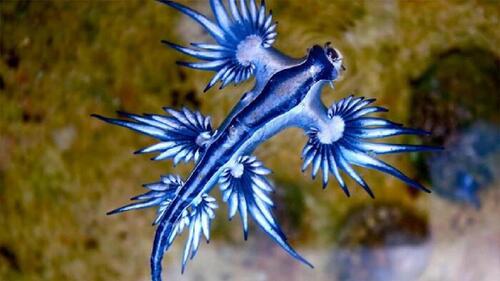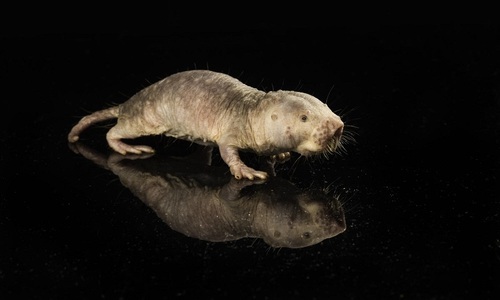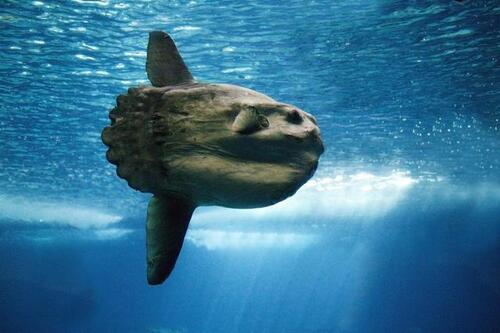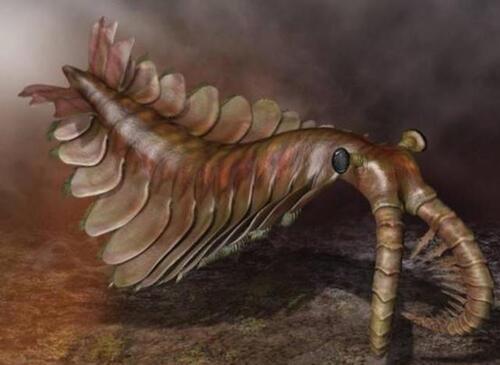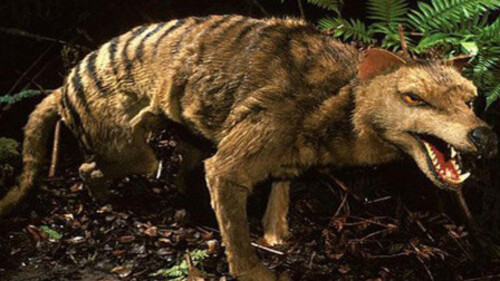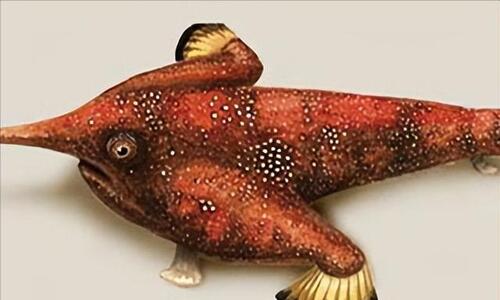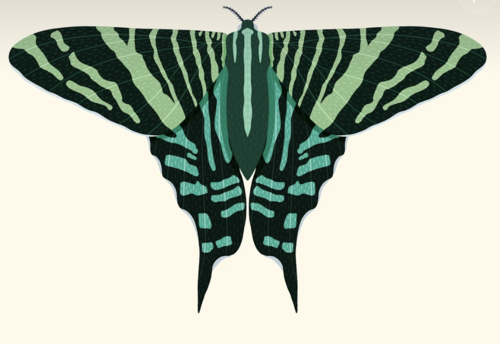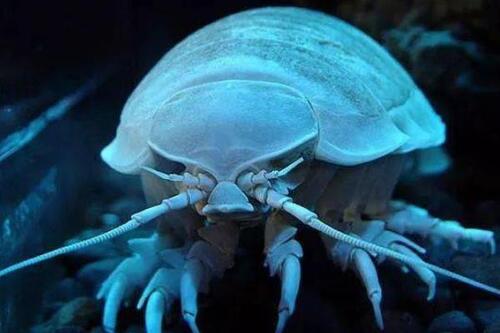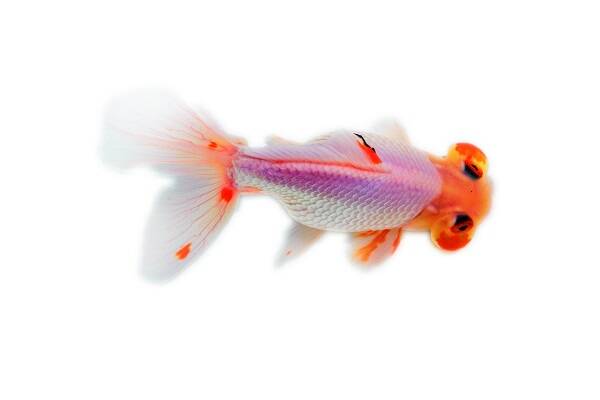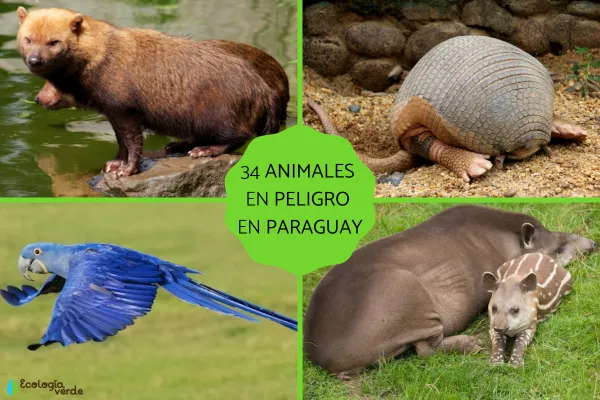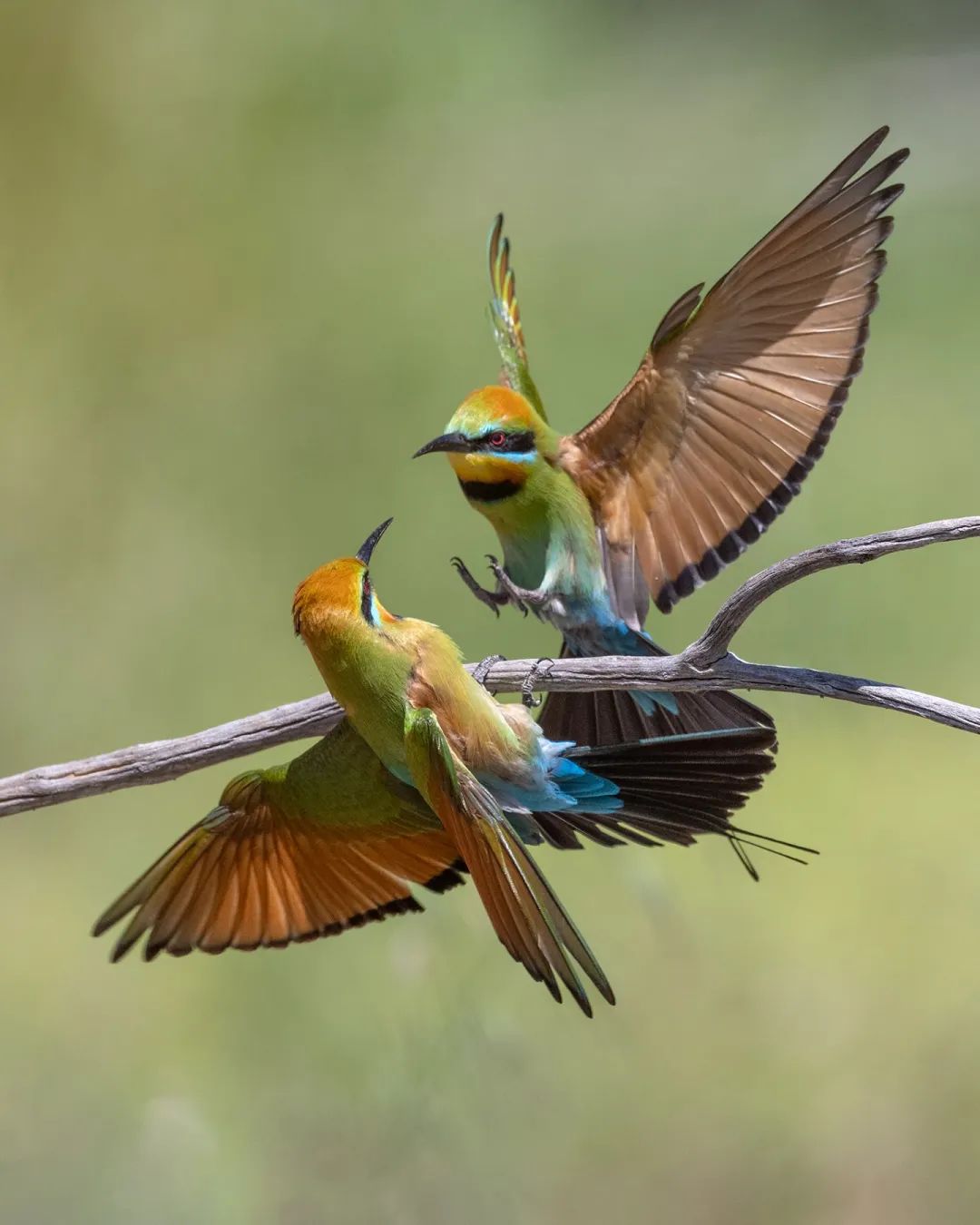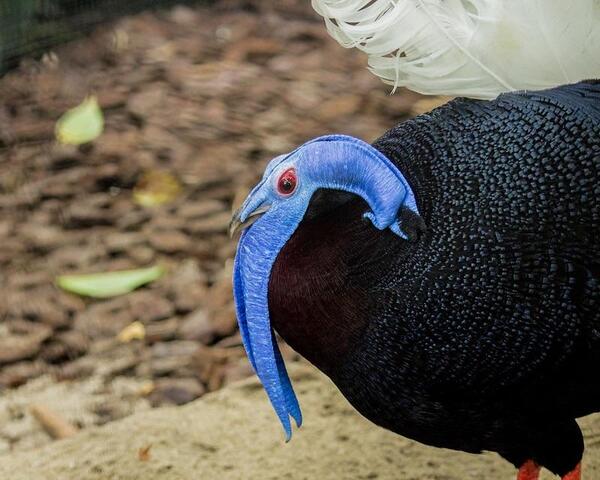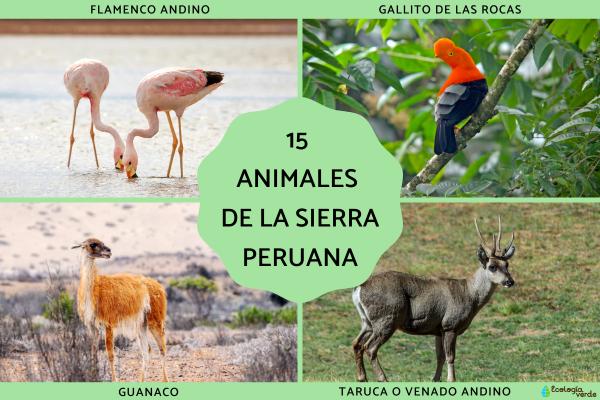The biodiversity on Earth is rich and varied, and there are many unique animals that not only have special physiological structures and behaviors, but also have important impacts on the ecosystem. Here are some unique Animals, with detailed information on their distribution, protection level, and whether they are suitable for consumption.
1. Platypus
Distribution Location: Freshwater rivers and lakes in eastern Australia and Tasmania.
Conservation level: Vulnerable ( The platypus is listed as "vulnerable" by the International Union for Conservation of Nature (IUCN). The main threats they face include habitat loss, water pollution and climate change.
Eating Conditions: Not Edible
The platypus is a poisonous animal. The male platypus has a poisonous spine on its hind ankle that can secrete a strong The venom has a very painful effect on humans but is not fatal. Due to its rarity and conservation status, the platypus is strictly protected worldwide and its capture and consumption are prohibited.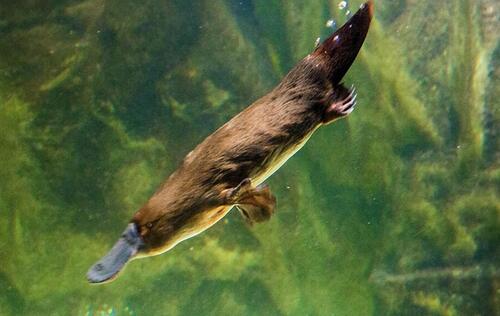
2. Southern Fur Seal
Location: Coast of southern South America , especially in the coastal areas of Chile and Argentina.
Conservation Level: Near Threatened
The Southern Fur Sea Lion once faced The species is currently recovering from extinction, but its habitat is still threatened by climate change and overfishing.Eating conditions: Not suitable for human consumption
Sea lions are not considered edible. Sea lions have been hunted for their fur and oil in the past, but their meat is not suitable for human consumption, and many areas have laws protecting sea lions from being killed.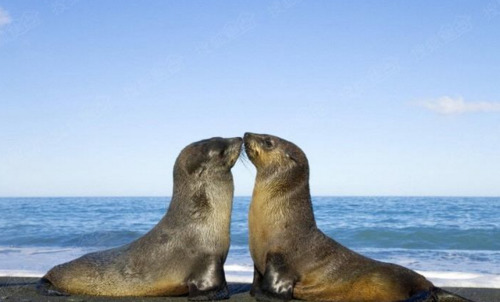
3. Komodo Dragon
Distribution: Komodo Island, Lombok Island and nearby small islands in Indonesia.
Conservation Level: Endangered
The Komodo dragon is one of the largest lizards in the world, and its population has declined significantly due to habitat loss, climate change and human activities.Eating Condition: Not Edible
The Komodo dragon is a predator that contains deadly bacteria and toxins in its mouth. The force of their bite and the mixture of bacteria incapacitate their prey in a short period of time, causing them to quickly become infected and die. Due to their dangerousness and rarity, the Komodo dragon is strictly protected and it is forbidden to eat or hunt it.
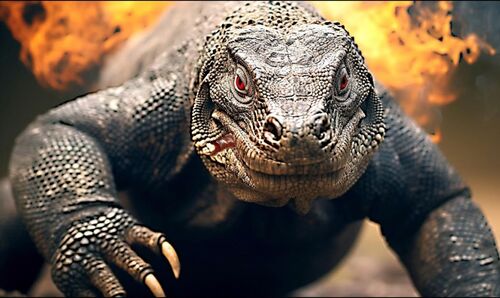
4. Giant Panda
Distribution: Bamboo forests and mountainous areas in Sichuan, Shaanxi and Gansu provinces, China.
Protection level: Vulnerable
Giant pandas are a symbol of global endangered animal protection. Although the population of giant pandas has recovered after decades of efforts, they are still vulnerable due to habitat fragmentation and the reduction of bamboo resources.Eating status: Not edible
Giant pandas are China's national treasure and are strictly protected by international and Chinese laws. Due to its special ecological status and cultural significance, it is illegal to kill or eat giant pandas.
5. Coelacanth
Distribution: Off the eastern coast of Africa and deep sea areas of the Indian Ocean.
Conservation Level: Critically Endangered
The coelacanth was thought to be extinct until it was rediscovered in 1938. They are extremely rare deep-sea fish with a very limited distribution, and deep-sea fishing poses a serious threat to their population.Eating Condition: Inedible
The meat of the coelacanth is very rich in oil and wax, and eating it may cause severe indigestion or even poisoning. As a "living fossil", they are regarded by scientists as a precious species for studying evolution, so fishing and eating them are strictly prohibited.
6. Tasmanian Devil
Distribution: Tasmania, Australia.
Conservation Level: Endangered
The Tasmanian devil has suffered a dramatic population decline due to a deadly disease called facial tumors. Although conservation measures in Tasmania have helped the population recover, it still faces a high risk of extinction.Conditions of consumption: Not edible
Tasmanian devils are scavengers, usually feeding on dead animals, so their meat is not suitable for humans. Plus they are a protected species, so they cannot be hunted or eaten.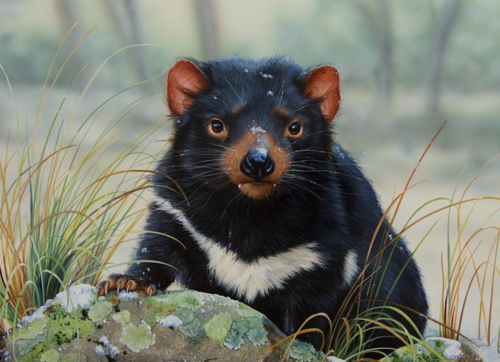
7. Nautilus
Distribution: Deep sea areas of the western Pacific and Indian Oceans, especially in the waters of the Philippines and Australia.
Conservation level: Not listed as a directly threatened species, but facing commercial fishing pressure
Nautilus is overfished for its beautiful shell, mainly for ornaments and jewelry, which poses a threat to its population. Although there is no immediate risk of extinction, scientists are concerned that its population is declining.Eating condition: Not suitable for consumption
Although the shell of the nautilus is beautiful, its meat is not suitable for consumption, and its rarity and ecological value have led the scientific community to call for its protection.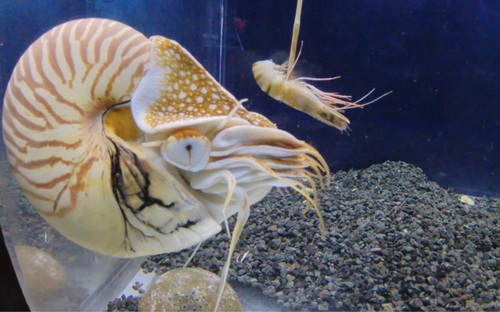
8. Narwhal
Distribution: Greenland in the Arctic, the cold waters of Canada and Russia.
Conservation Level: Near Threatened
Narwhals are mysterious marine mammals with long tusks. Their habitat is threatened by melting sea ice due to climate change, as well as overfishing and pollution.Consumption: Consumed in some areas
Narwhal skin and meat are considered an important traditional food source in some indigenous cultures in Greenland and Canada. However, globally, due to their rarity and conservation measures, the hunting and consumption of narwhals is strictly regulated.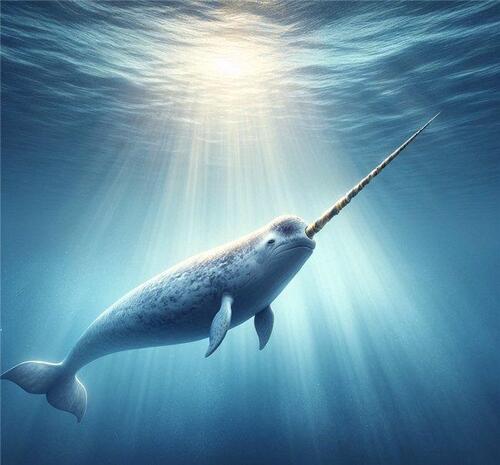
9. Sloth
Distribution: Tropical rainforests in Central and South America.
Conservation level: Some species are Vulnerable, such as the Pygmy Three-toed Sloth. Habitat destruction and illegal capture are the main threats to sloths, especially when rainforests are cut down and they lose their habitat.
Consumption: Uncommon, some cultures have eaten
Sloths were once used as a food source in some South American indigenous cultures, but this practice is rare in modern society. Due to the slow reproduction rate and unique ecological status of sloths, there are currently strict restrictions on their hunting.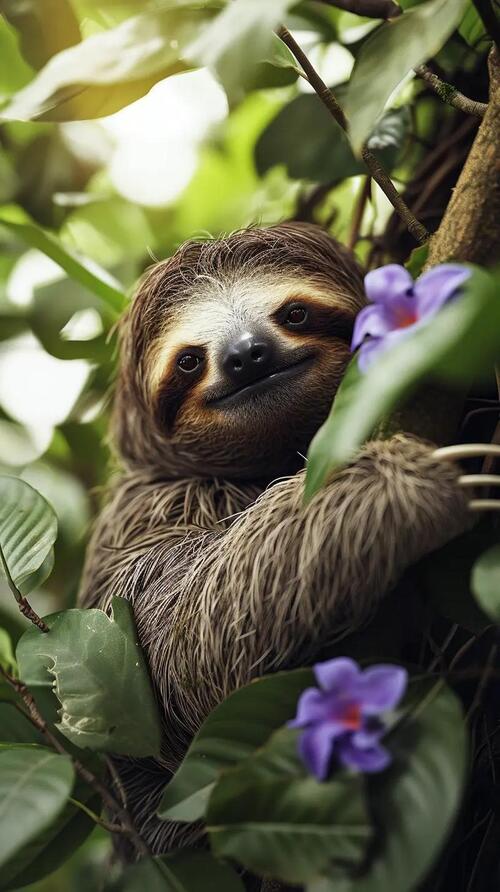
These unique animals demonstrate the complexity of the Earth's biodiversity and ecosystems. Not only are they of great significance in scientific research, many species are also facing varying degrees of threats, so effective protection measures are needed. Whether or not these animals can be used as a source of food, protecting their habitats and living environments is key to ensuring the ecological balance of the Earth.

